| Plant Habit: | Herb/Forb |
| Sun Requirements: | Full Sun to Partial Shade |
| Minimum cold hardiness: | Zone 2 -45.6 °C (-50 °F) to -42.8 °C (-45°F) |
| Plant Height: | 12 inches-18 inches |
| Plant Spread: | 18 inches-24 inches |
| Leaves: | Deciduous |
| Flowers: | Showy Other: In the genus Euphorbia, the flowers are reduced in size and aggregated into a cluster of flowers called a cyathium (plural cyathia). This feature is present in every species of the genus Euphorbia but nowhere else in the plant kingdom. |
| Flower Color: | Yellow |
| Flower Time: | Late spring or early summer |
| Suitable Locations: | Xeriscapic |
| Dynamic Accumulator: | B (Boron) |
| Wildlife Attractant: | Bees Butterflies |
| Toxicity: | Leaves are poisonous Roots are poisonous Fruit is poisonous Other: All members of the genus Euphorbia produce a milky sap called latex that is toxic and can range from a mild irritant to very poisonous. |
| Propagation: Seeds: | Sow in situ Start indoors |
| Propagation: Other methods: | Division |
| Containers: | Suitable in 3 gallon or larger |

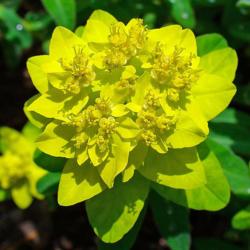
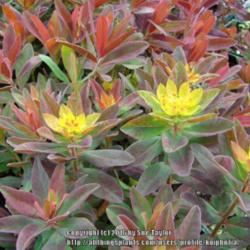
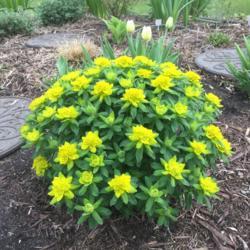
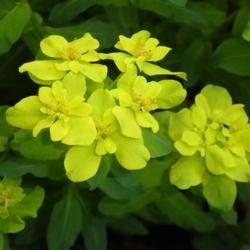
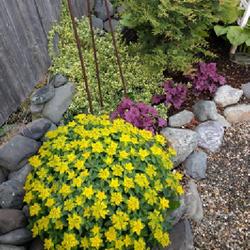
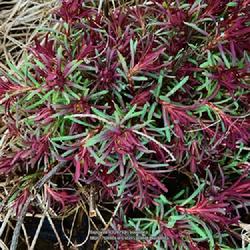

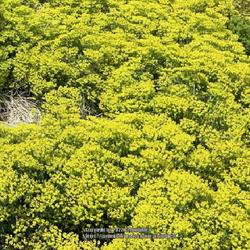
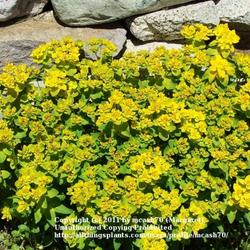

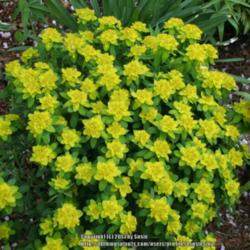
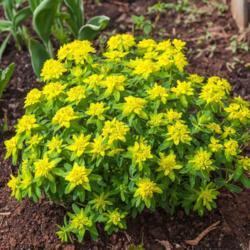
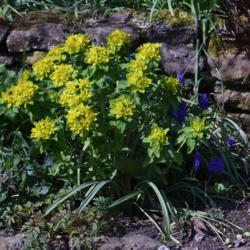

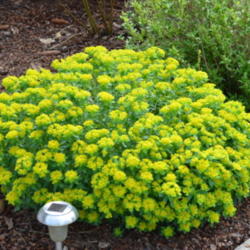
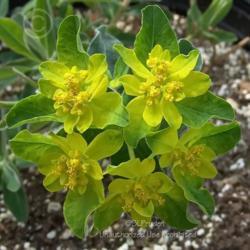
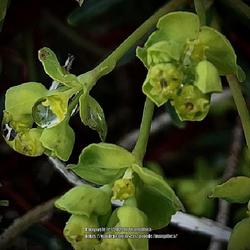
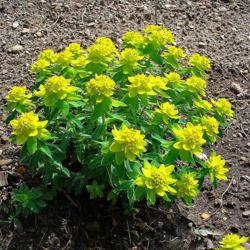

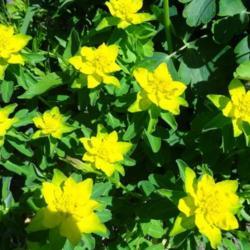
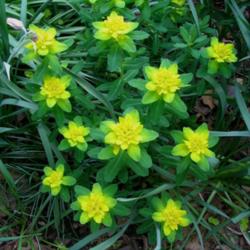
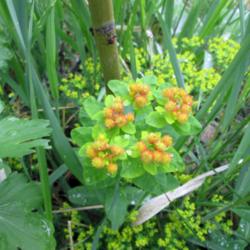
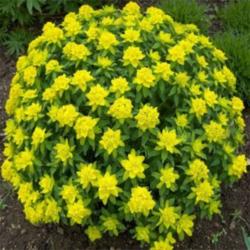
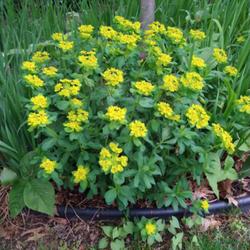
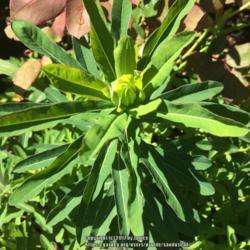
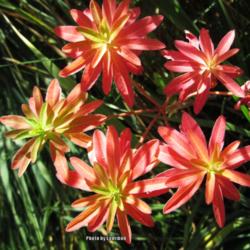
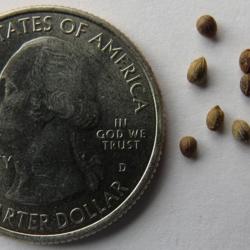
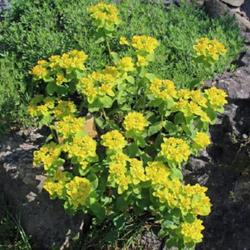

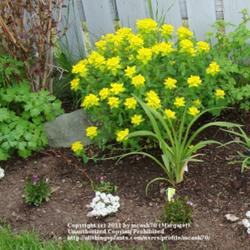



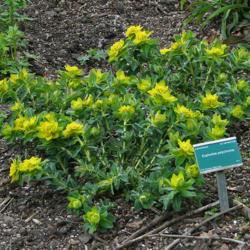
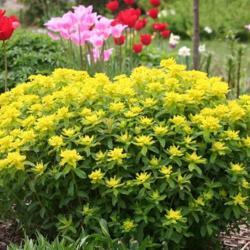
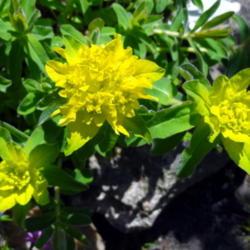
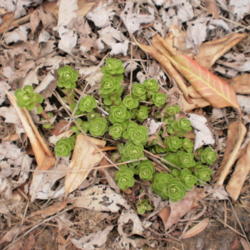
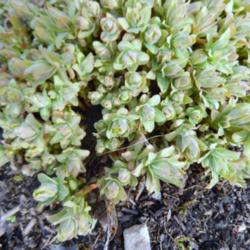
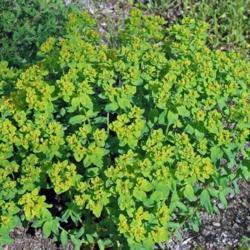
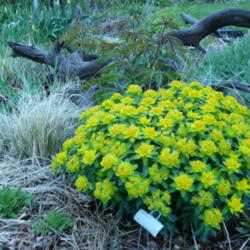
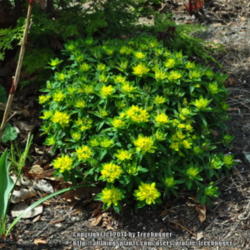
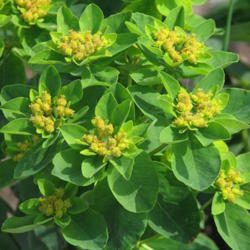

| dnrevel | On October 14, 2022 | Transplanted Moved to front space with full sun. Added new soil, drainage (perlite) and leaf mulch. |
| dnrevel | On June 7, 2022 | Obtained plant Obtained plant locally. Planted in a pot to grow in the sunshine in the backyard. Transplanted in fall to the ground. |
« Add a new plant to the database
» Search the Euphorbias Database: by characteristics or by cultivar name
« See the general plant entry for Euphorbias (Euphorbia)